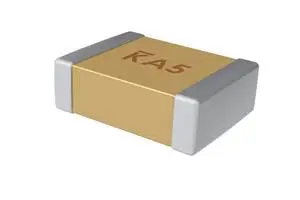source: Kemet news
GREENVILLE, S.C., Dec. 18, 2017 (GLOBE NEWSWIRE) — KEMET Corporation (NYSE:KEM), a leading global supplier of electronic components, today announced that the Defense Logistics Agency (DLA) has accepted KEMET’s qualification of C0G and BP dielectrics to MIL-PRF-32535 “M” and “T” levels making them the first base metal electrode (BME) MLCCs qualified for defense and aerospace applications.
MIL-PRF-32535 is the DLA’s first capacitor specification for defense and aerospace that capitalizes on industry leading base metal electrode (BME) technology. KEMET’s MIL-PRF-32535 series utilizes BME technology to deliver up to an 18-fold increase in capacitance for C0G and BP dielectrics compared to the offerings in MIL-PRF-123 and MIL-PRF-55681 using precious metal electrode (PME) ceramic capacitors.
MIL-PRF-32535 is the first DLA specification to recognize a flexible termination option. KEMET’s flexible termination utilizes a pliable conductive silver epoxy in the termination system. The addition of this epoxy layer inhibits the transfer of board stress to the rigid ceramic body, therefore mitigating flex cracks that can result in low insulation resistance or short circuit failures.
“This first-to-market product brings a paradigm shift in defense and aerospace applications with the use of BME technology,” said Dr. Abhijit Gurav, KEMET Vice President of Ceramic Technology. “KEMET has been a leader in BME technology development for more than 20 years. With the long term, proven success of BME ceramic capacitors in high reliability medical and automotive applications, combined with higher volumetric efficiency, design engineers will now have access to significantly higher capacitance values in smaller case sizes. This enables more functionality, while reducing the payload weight in defense and space applications.”































